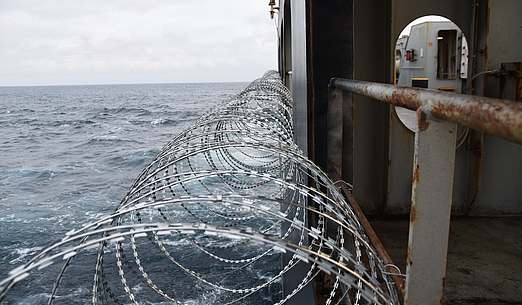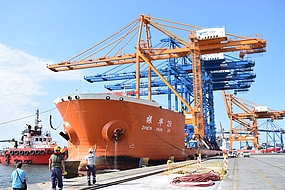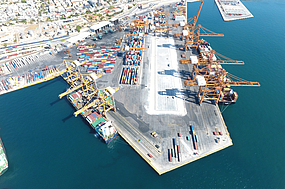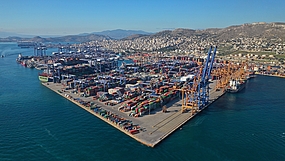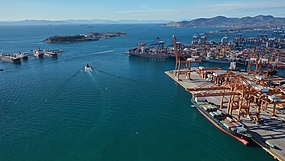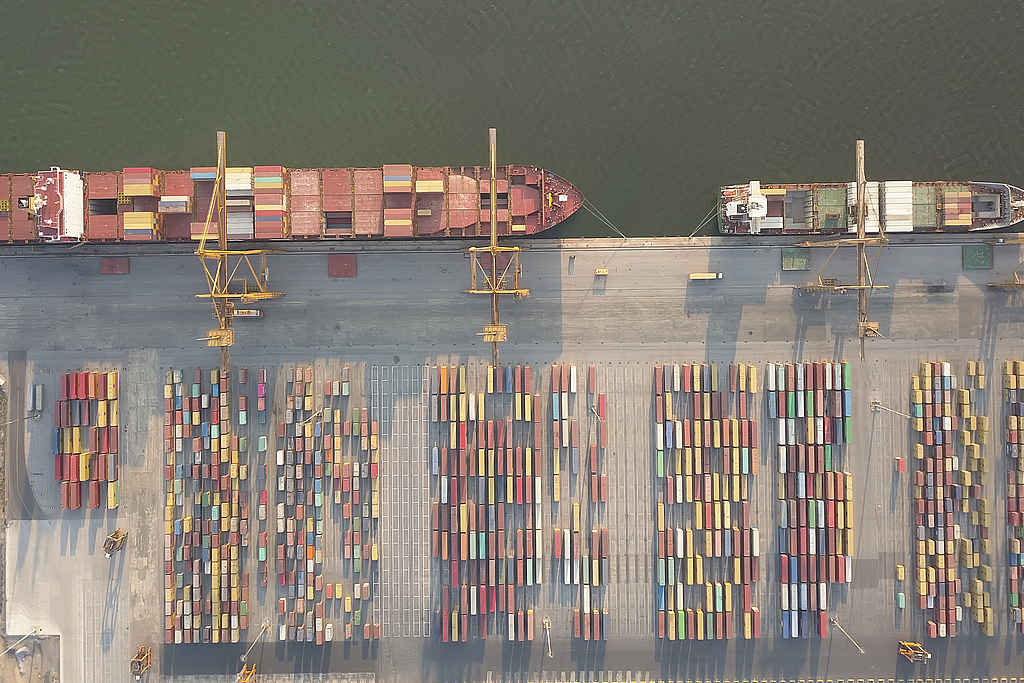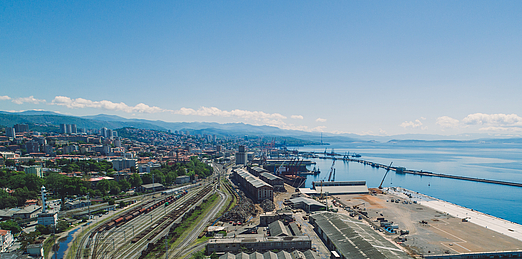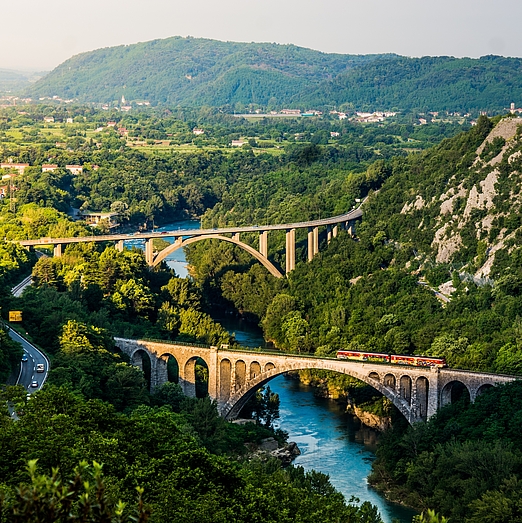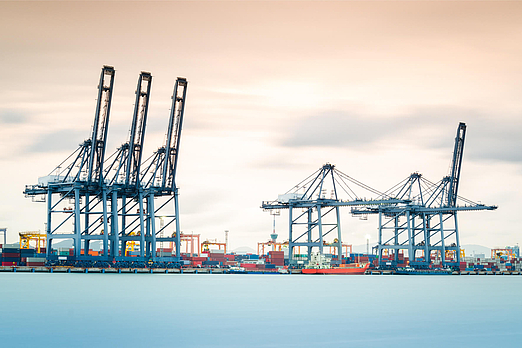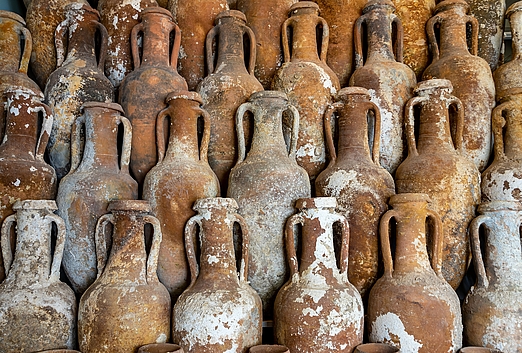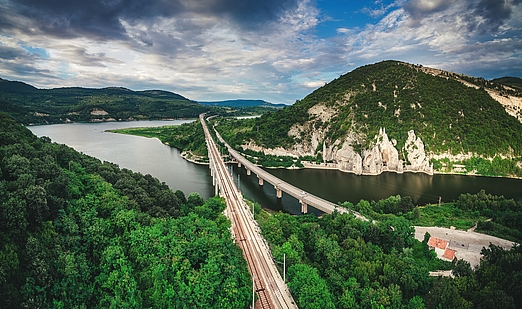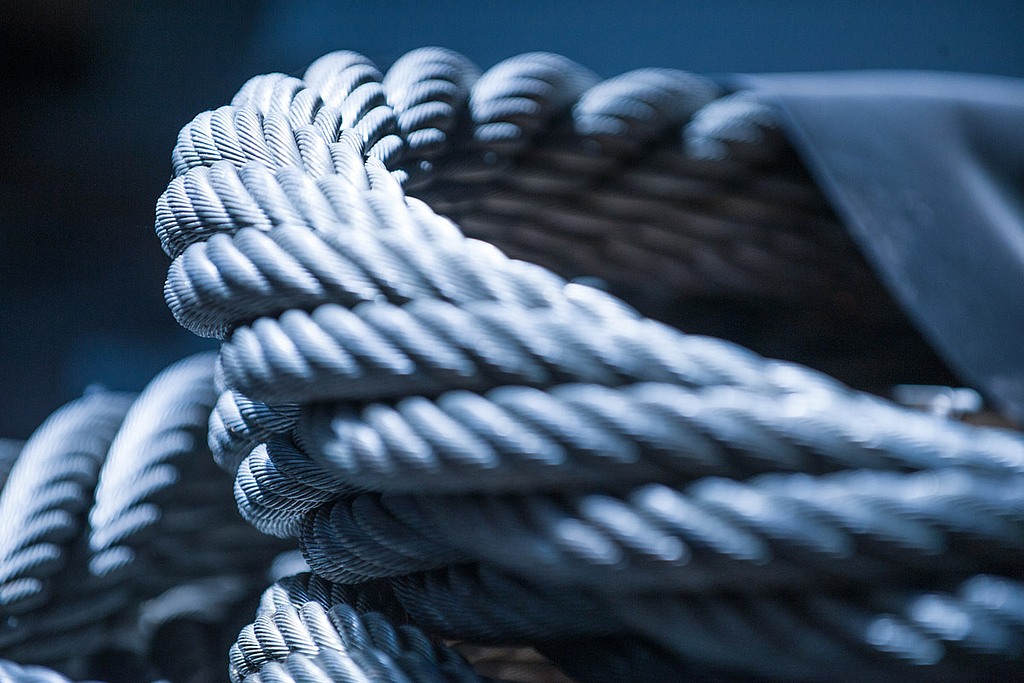A nation of seafarers from the start
- Facts
With 15,000 kilometers of coastline, 7,000 of them covered with sand, and over 3,000 islands – Greece captivates with its unique geographic location in the eastern Mediterranean. It’s not surprising that the people at Europe’s southern tip have been considered skilled seafarers and merchants since antiquity and already left significant marks in the entire Mediterranean area in early times. Join us in taking a look at this country, at prominent shipping families and the port of Piraeus – and learn why the latter is considered a Chinese beachhead in Europe.
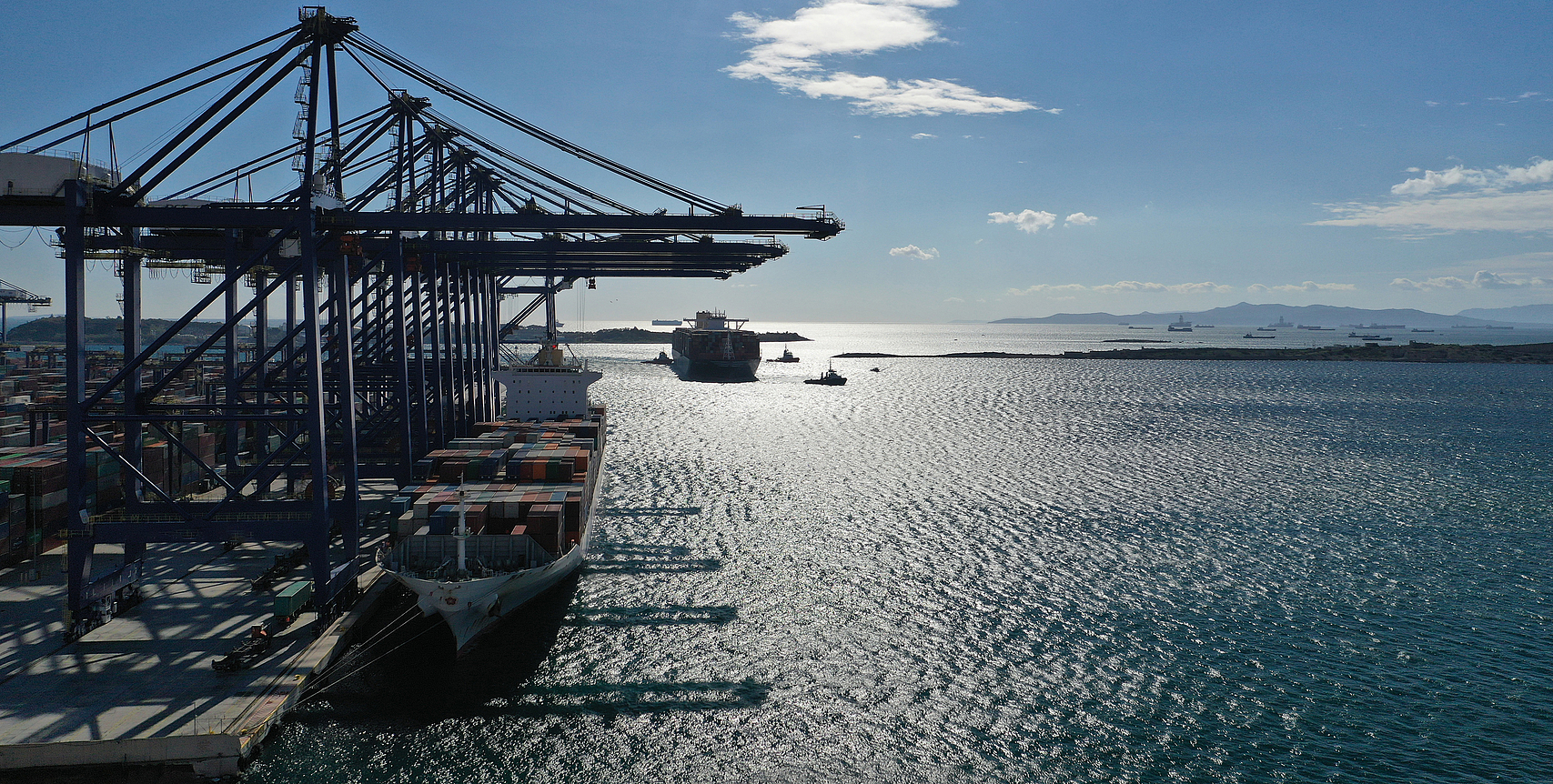
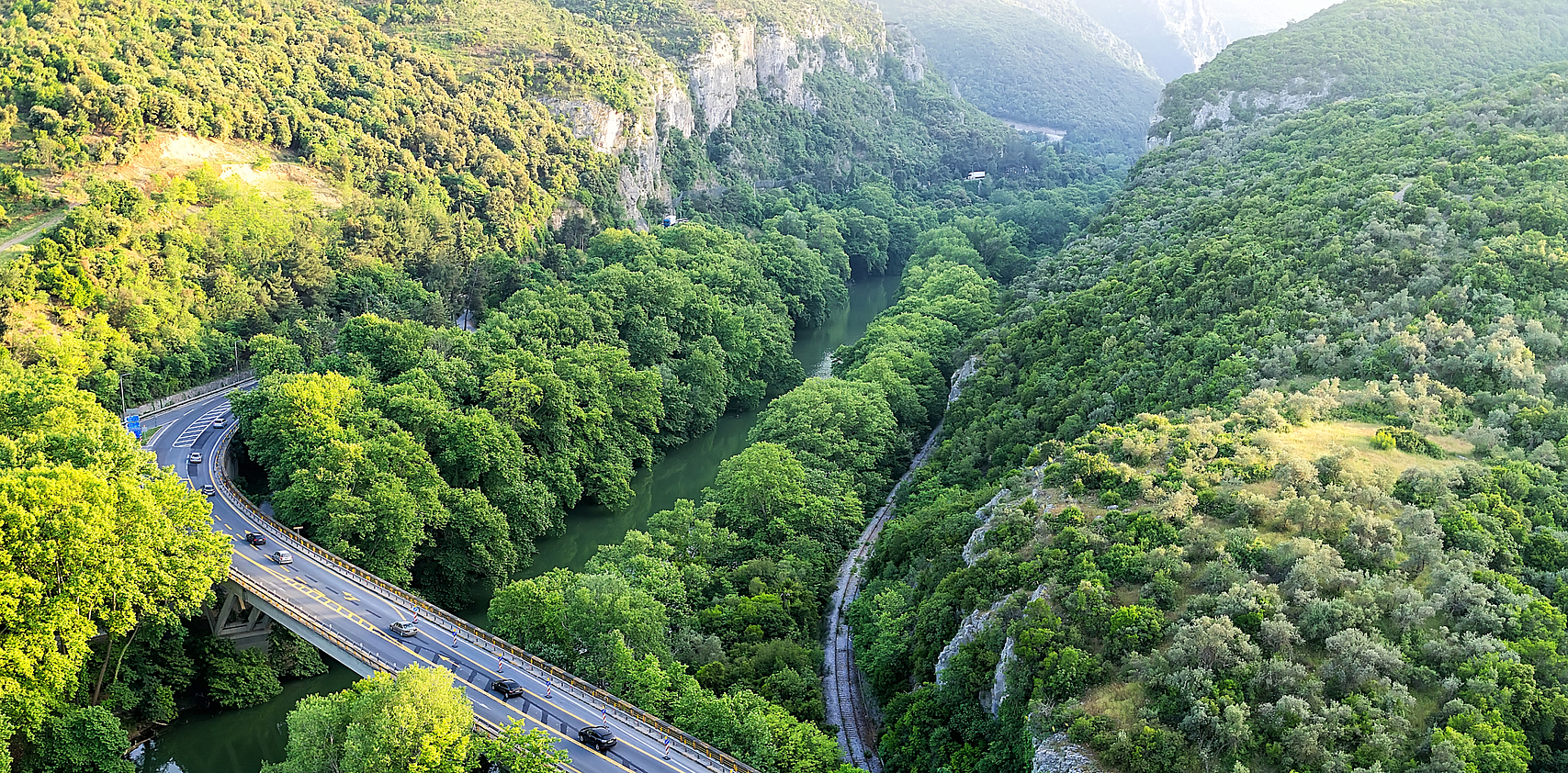
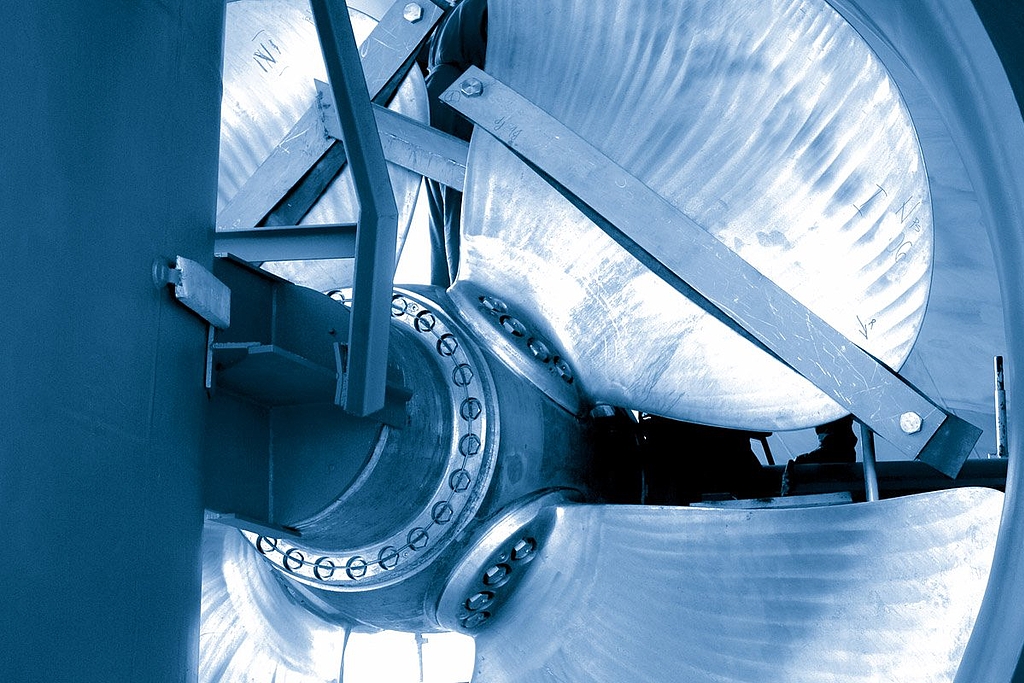
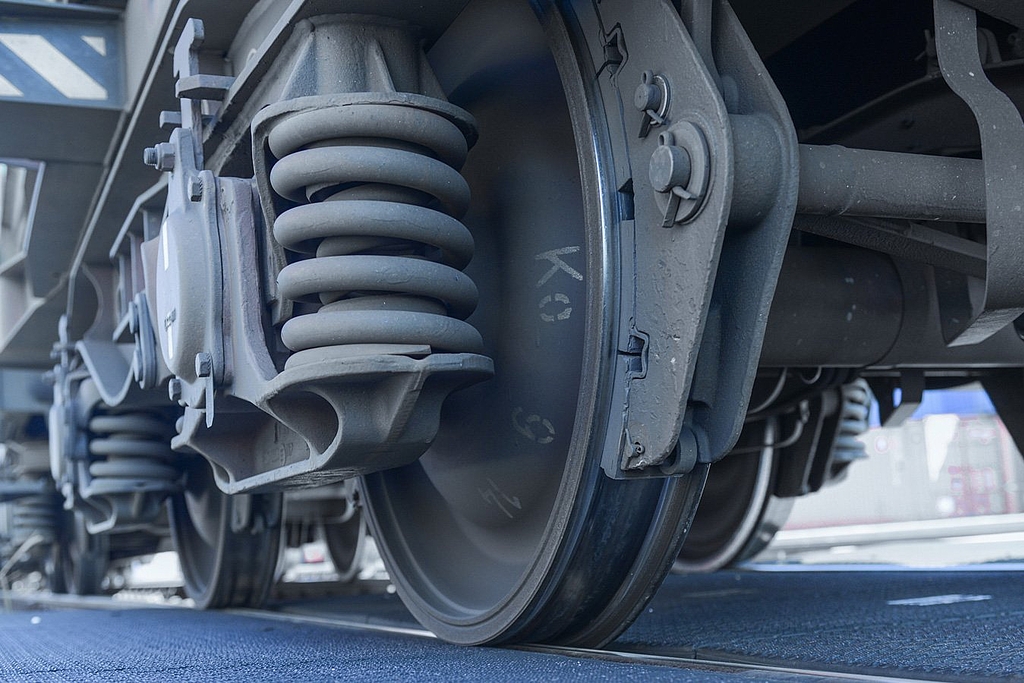
Our rail service is faster than sea cargo and less expensive than air cargo, giving you the best of both worlds.
Rail transport is a fast, cost-effective and environment-friendly alternative to air and sea freight. Our specialized teams will create the optimal rail transport concept for any commodity.
Find out more
